- Solar energy blog
- The green hydrogen boom in LatAm
The green hydrogen boom in LatAm
Latin America is emerging as a green hydrogen leader. Learn how LatAm countries are leveraging solar and wind power to drive green hydrogen production.


Diego López
Senior Account Director LatAm
Diego López is RatedPower's Sr Account Director LatAm.
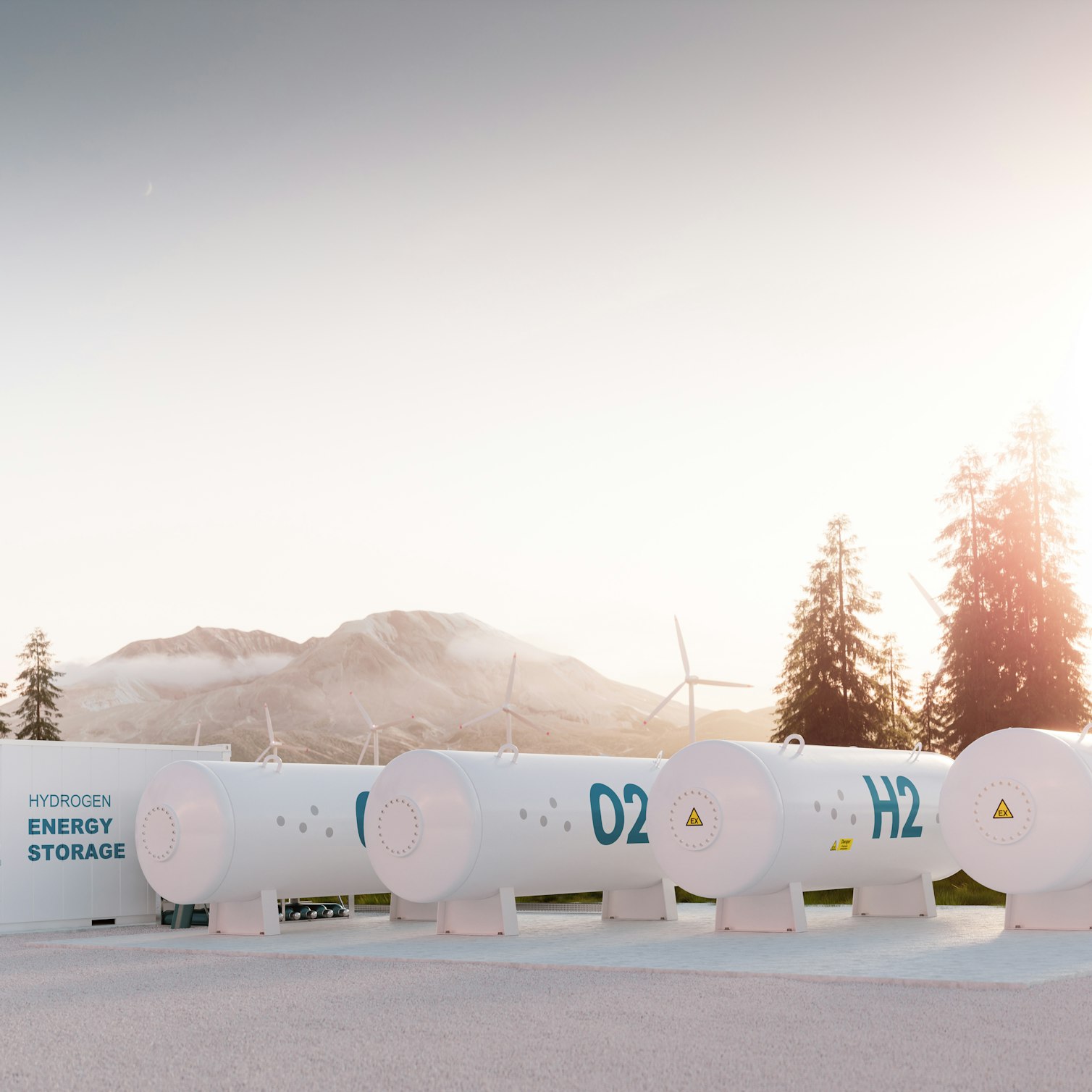
Content
As the world ramps up its clean energy efforts, new technology and fuel sources are emerging that could significantly contribute to a greener future. One exciting prospect is green hydrogen production that uses solar PV farms to create a highly efficient fuel source without combustion emissions. Thanks to the considerable potential of solar energy production, Latin America is emerging as a key player in the green hydrogen sector.
Download the full eBook to learn more about the current state of green hydrogen in Latin America: How Latin America is leading the way to net zero with Green H2.
What is green hydrogen’s relationship to solar power and renewable energy?
Green hydrogen is a sustainable energy source that does not emit polluting gases during combustion or production. Hydrogen is a highly efficient fuel source that can be used for a wide range of applications, from vehicles to industry.
Hydrogen could provide a significant advantage in reducing carbon emissions. Current hydrogen production only accounts for 3% of the world’s energy mix, with only around 1% of hydrogen produced with renewable energy. The rest is produced with fossil fuels like natural gas, coal, and oil, increasing CO2 emissions.
The majority of hydrogen production currently creates what is known as “brown hydrogen.” Brown hydrogen produces carbon emissions, which can distract from the benefits of using hydrogen as a renewable fuel.
Green hydrogen is created through electrolysis, which uses an electrical current to separate the hydrogen from the oxygen in water molecules. This is a much more environmentally friendly way to produce hydrogen and has incredible potential for clean energy production when combined with solar PV plants.
Green hydrogen in Latin America
Thanks to its abundant solar, wind, and hydroelectric resources, Latin America is currently leading the charge in producing low-carbon hydrogen. Several countries in the region are already working towards ambitious green hydrogen strategies that aim to make them the world’s number one producer and exporter of hydrogen.
Challenges and opportunities for green hydrogen production in Latin America
While the region is in an excellent position for green hydrogen production, there are a number of challenges along the way, including infrastructure, low demand, and high costs.
Infrastructure: Like most countries, Latin America lacks the necessary infrastructure for large-scale green hydrogen production and distribution. Developing dedicated facilities, storage solutions, and transportation networks will require significant investment and time.
Limited demand: Currently, there is insufficient local demand for green hydrogen, making it challenging to achieve economies of scale. Investors may hesitate to fund large projects without clear and substantial domestic demand or firm export agreements.
High production costs: Despite the availability of low-cost renewable energy, producing green hydrogen remains expensive compared to conventional methods due to the high costs of electrolyzers and other technologies.
Workforce and technological gaps: There is a shortage of skilled labor and technological expertise specific to green hydrogen technologies in the region. Developing a competent workforce and adapting technologies will require significant investment and time.
Despite these challenges, Latin America could leverage some key advantages to improve green hydrogen production efforts:
Abundant renewable resources: Latin America boasts vast wind and solar energy potential, providing a strong foundation for cost-competitive green hydrogen production. For example, the International Energy Agency has estimated that Chile has the potential to produce 160 million tons (Mt) of green hydrogen per year by 2050.
Strategic export potential: Proximity to major markets in North America and Europe positions Latin American countries as attractive green hydrogen suppliers. Argentina, for example, expects that 80% of its renewable/green hydrogen demand will come from international markets.
Decarbonizing local industries: Domestically using green hydrogen can significantly reduce mining, transportation, and manufacturing emissions. Brazil’s mining company, Vale, is exploring this option to achieve net-zero carbon emissions by 2050.
Policy and investment momentum: Several countries are developing national strategies and regulatory frameworks to attract investments in green hydrogen.
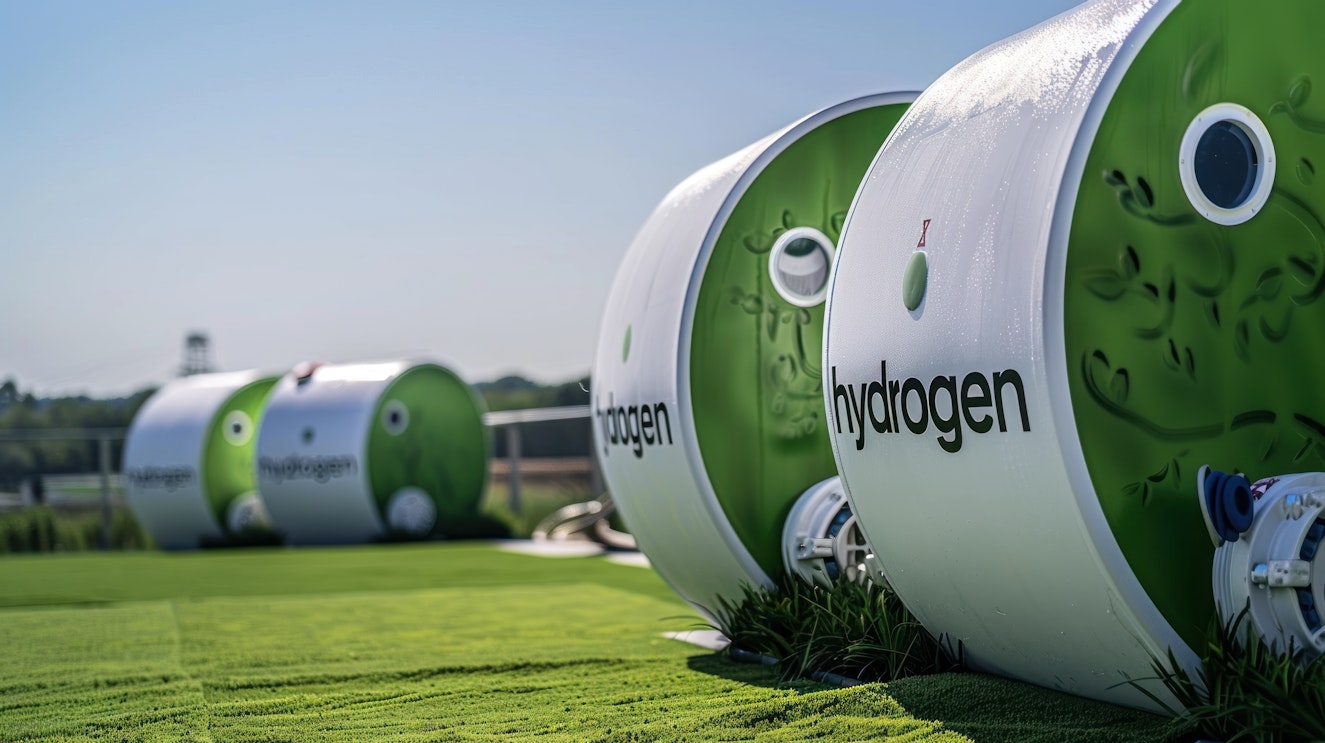
Key players in the LatAm green hydrogen boom
These Latin American countries are paving the way for the region’s green hydrogen production.
Chile
Chile is making remarkable progress in its energy transition, ranking in the top 20 on the 2024 Energy Transition Index (ETI). In 2024, 33% of Chile’s energy was produced with solar and wind, and 70% of the country’s energy was produced with renewables. Green hydrogen is central to Chile’s plan to reach carbon neutrality by 2050. The plan involves leveraging Chile’s solar-rich north. The International Energy Agency (IEA) estimates Chile could produce up to 160 million tons of green hydrogen annually by 2050, thanks to its abundant solar and wind resources.
Brazil
Brazil, ranked 12th on the ETI, already boasts 49% of its energy coming from renewables. The country is improving its renewable energy capacity with a strong, long-term commitment to hydropower and significant solar energy facilities. Brazil is already running some great green hydrogen projects, including a cutting-edge green hydrogen plant in Puertollano. This plant integrates a 100 MW solar park, 20 MWh battery storage, and a 20 MW electrolyzer powered entirely by renewables. Brazil also plans to open its first green hydrogen vehicle refueling station in 2025 and is developing a new green hydrogen plant in Ceará.
Argentina
Argentina is rapidly advancing its green hydrogen ambitions, capitalizing on its vast wind resources in Patagonia, which offer some of the world’s highest capacity factors. The government aims to become a major exporter of green hydrogen by 2030, with international partnerships already in place to develop large-scale production facilities. Argentina’s strategic location and access to Atlantic shipping routes further bolster its export potential. While the country has yet to break the top 20 on the ETI, its increased efforts will likely bump it up the list over the next few years.
Learn more about green hydrogen and the energy transition in Latin America
The future of green hydrogen is exciting, and RatedPower will keep a close eye on new developments from Latin America and worldwide. We’re excited to see what future developments mean for the clean energy revolution.
To learn more about the current state of green hydrogen in Latin America, read our eBook: How Latin America is leading the way to net zero with Green H2.
BESS perspectives in Latin America
In this ebook, we explore the dynamic growth of BESS in Latin America. Discover how the region is leveraging its renewable energy potential, backed by regulatory support and rich natural resources, to stabilize the electrical grid and drive sustainable energy solutions.
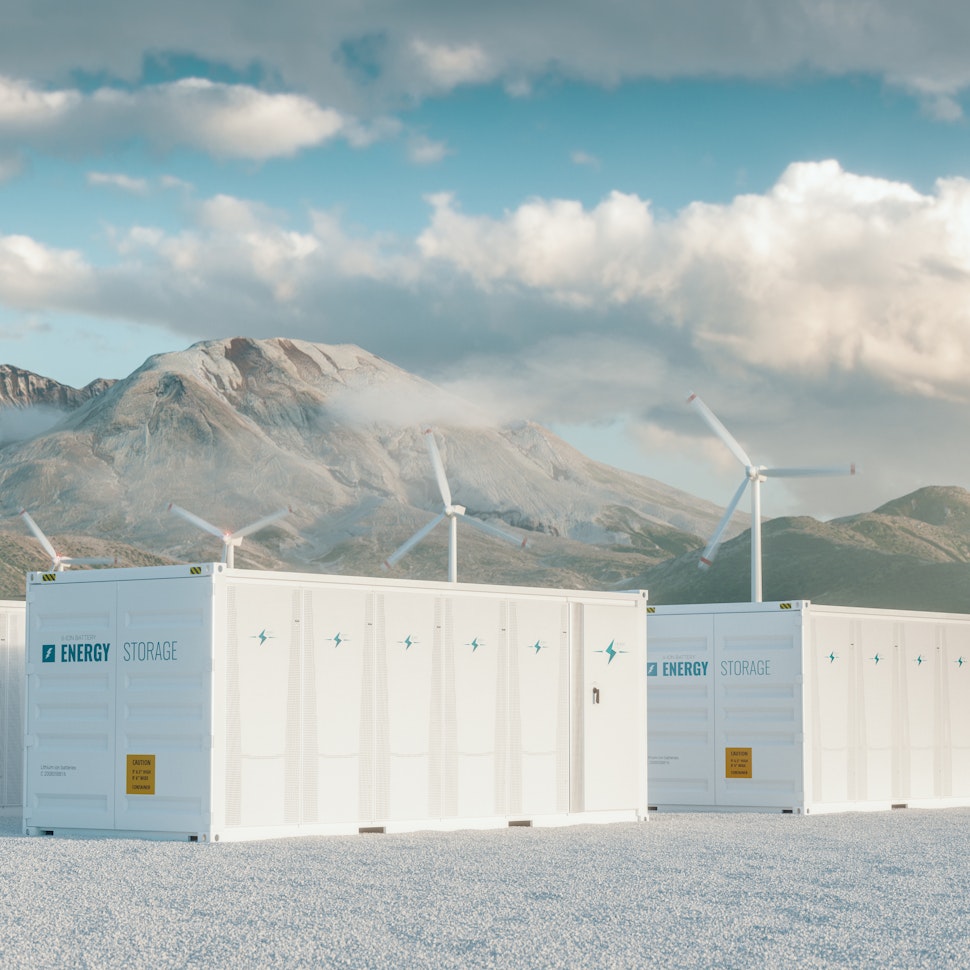
Latest stories
Related posts
Technology and engineering
Outsmarting congestion: How efficient solar design helps navigate Nordic grid limits
Learn how Nordic operators and solar developers are adjusting to tighter grid conditions and how policy and design decisions are keeping projects on track.
Updated 16 DEC, 25
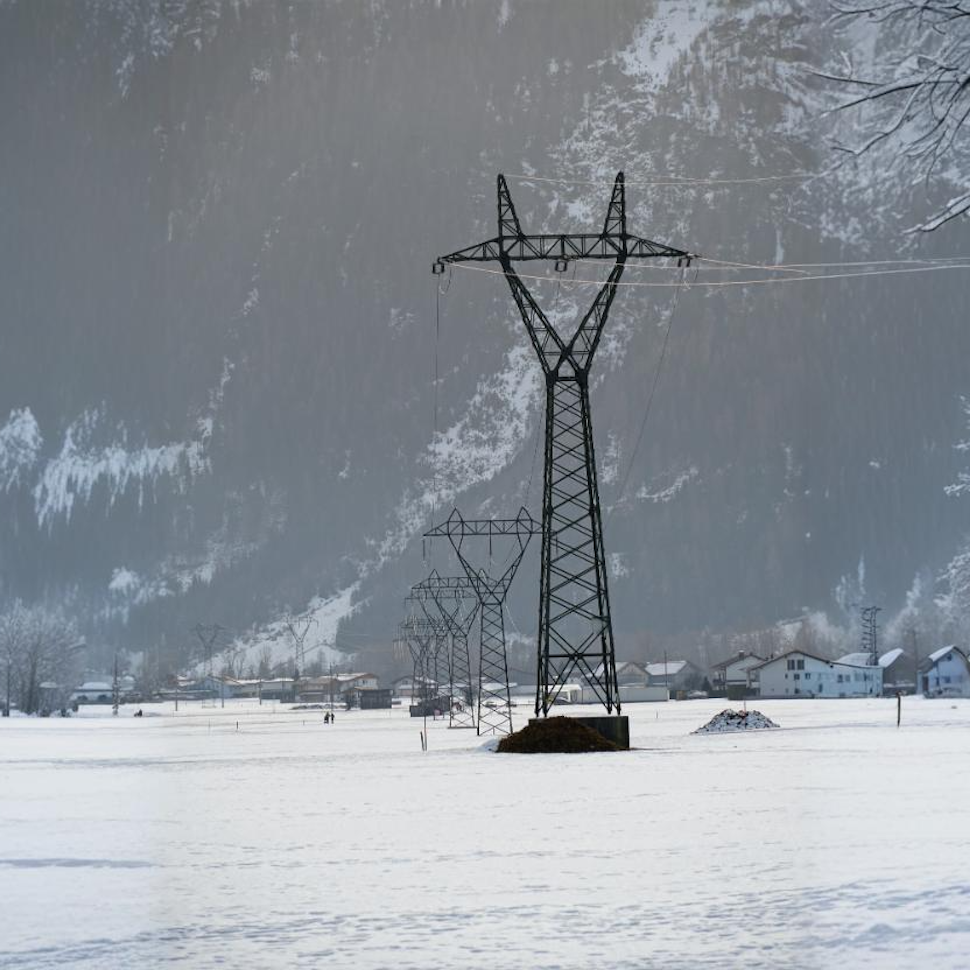
Technology and engineering
The rise of ultra-thin perovskite solar cells
Learn about Japan’s $1.5B initiative to commercialize ultra-thin, flexible perovskite solar cells and how it could transform the solar landscape globally.
Updated 30 SEP, 25

Technology and engineering
Innovation in renewable energy: Developments expected in 2025
We look at the 10 biggest renewable industry developments that are making a green future possible, including perovskite solar cells, green hydrogen, and more.
Updated 18 MAR, 25
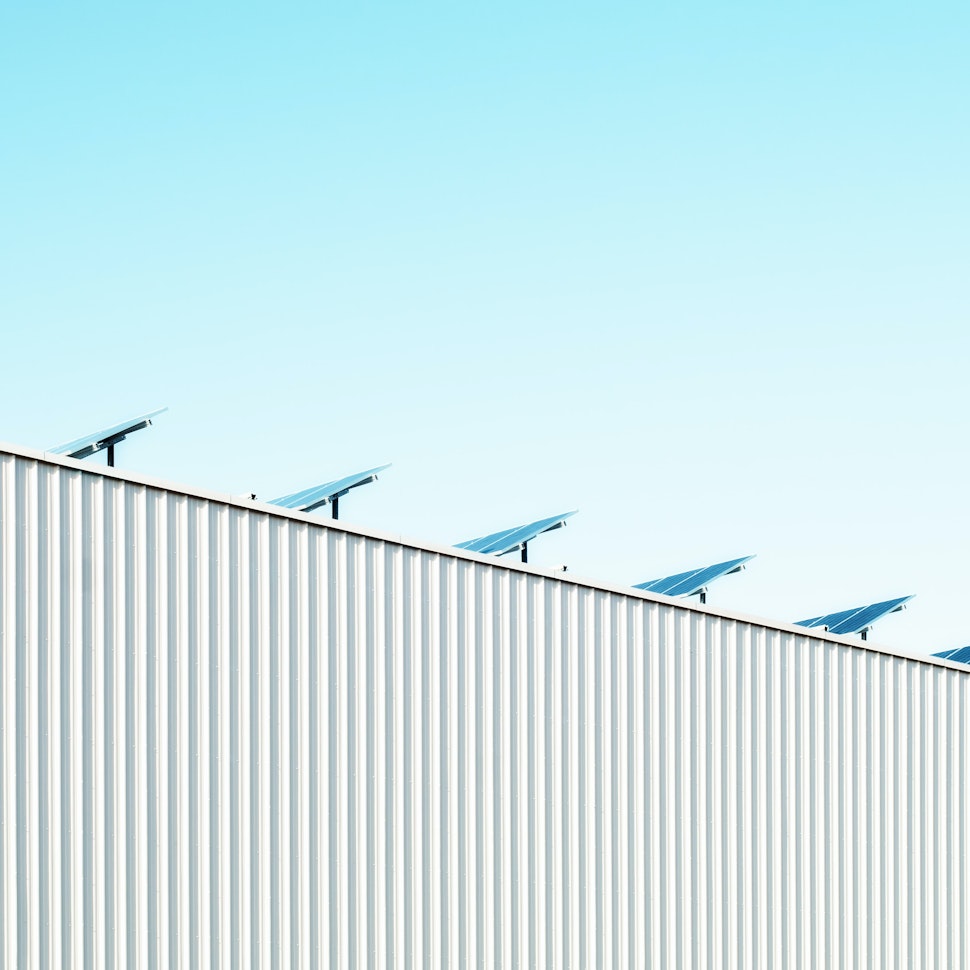
- RatedPower
- Solar energy blog
- The green hydrogen boom in LatAm
 Watch a demo
Watch a demo Ask our AI Product Expert
Ask our AI Product Expert
